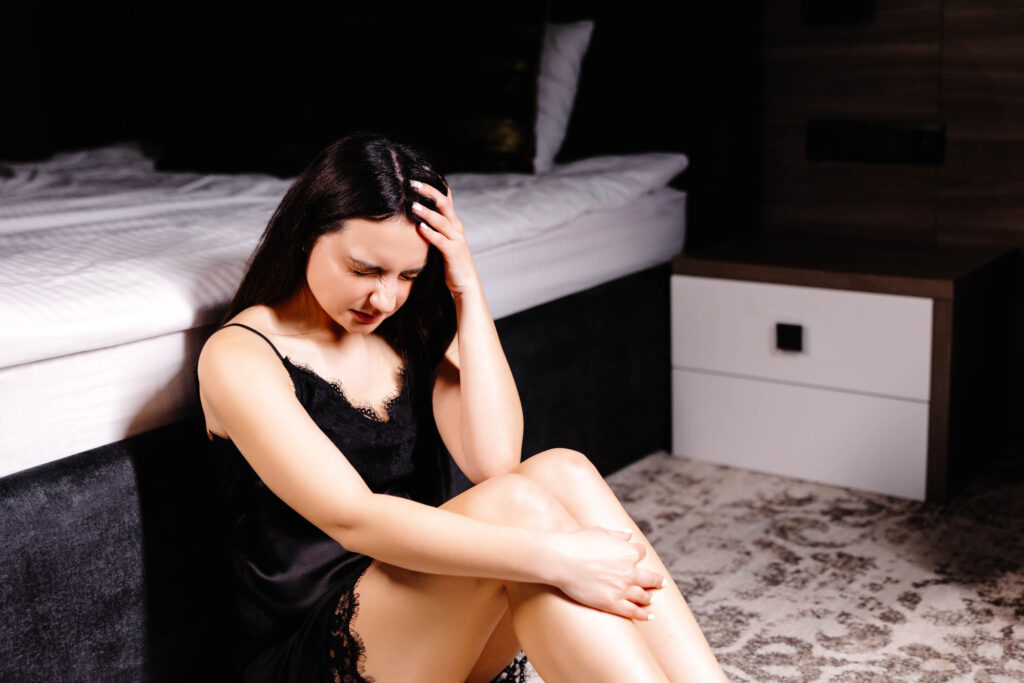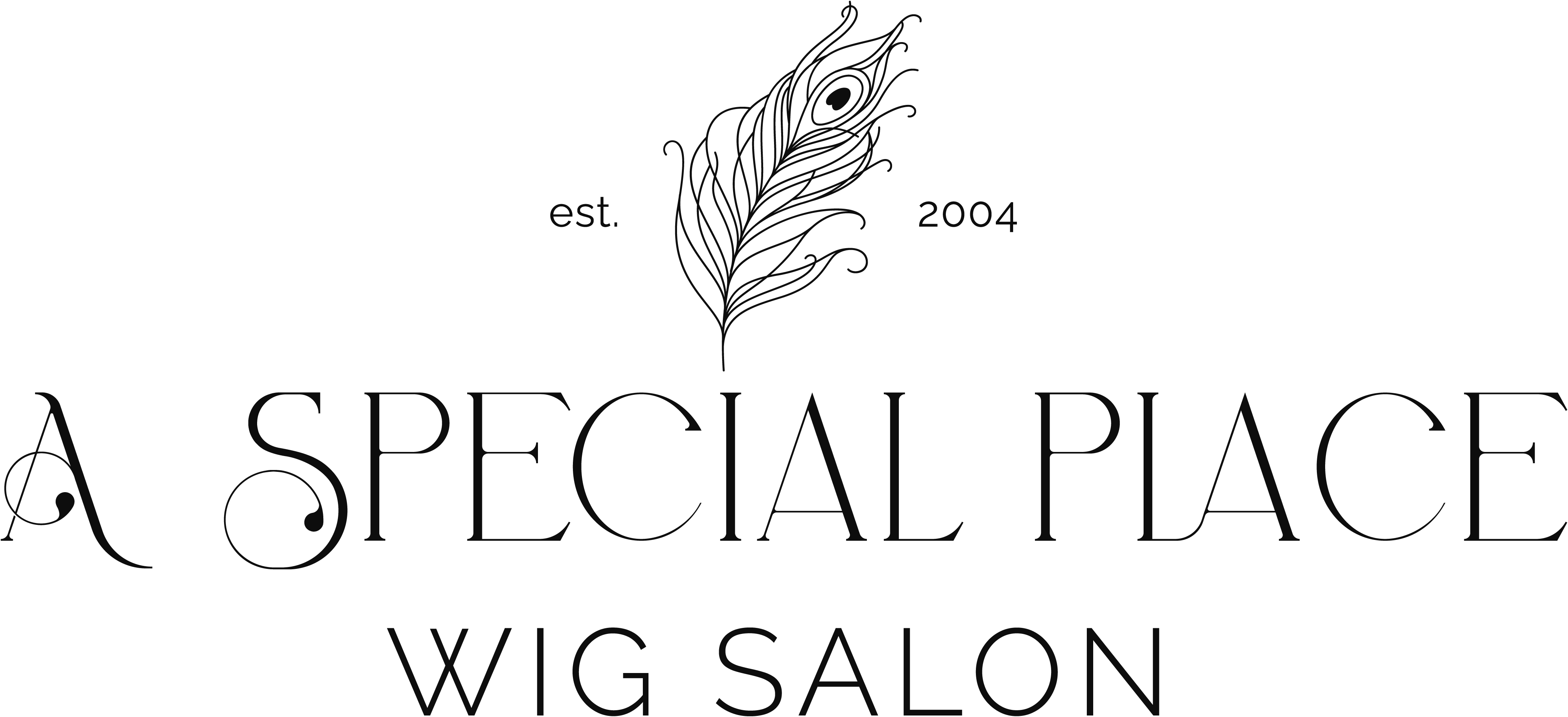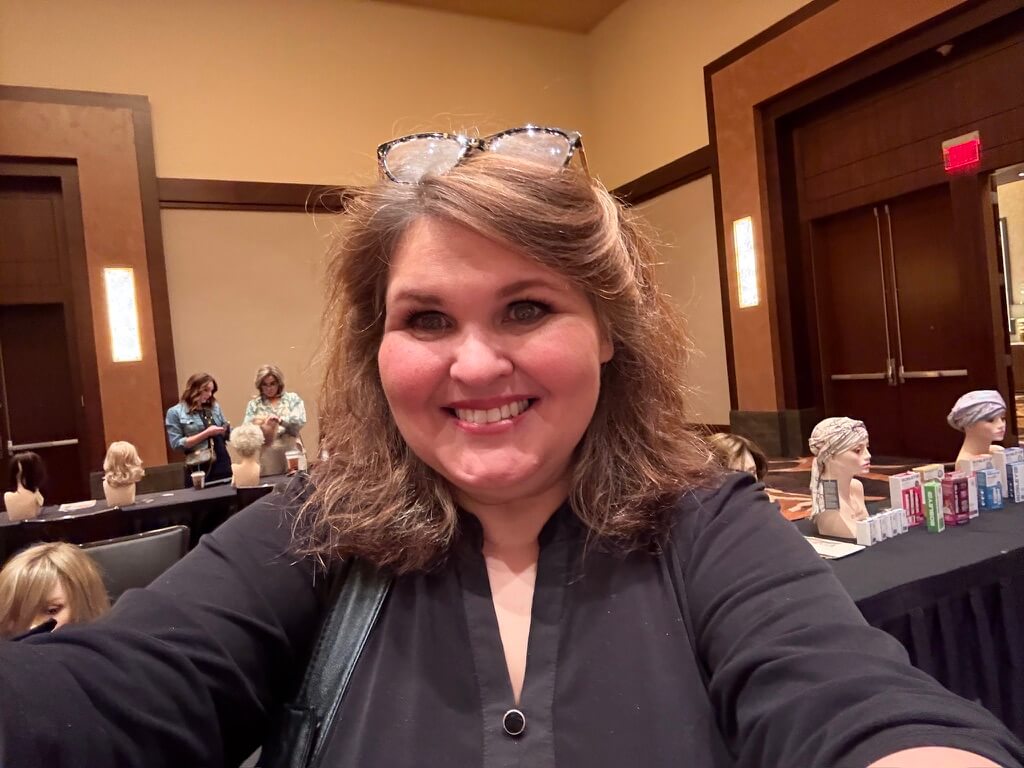Understanding Trichotillomania: Breaking Down the Barriers of Hair Pulling Disorder
Trichotillomania (trik-o-til-o-MAY-nee-uh), often referred to as “trich” or hair pulling disorder, affects millions of people worldwide. While often misunderstood, this complex condition deserves awareness, understanding, and most importantly, compassion. Let’s explore this condition together and discuss available support and solutions.
What is Trichotillomania?
Trichotillomania is a body-focused repetitive behavior (BFRB) characterized by the recurring urge to pull out one’s hair. This can involve hair from any part of the body, though the scalp, eyebrows, and eyelashes are most commonly affected. The condition is classified as a mental health disorder, falling under the obsessive-compulsive and related disorders category.
Understanding the Impact
The effects of trichotillomania extend far beyond physical hair loss. Many individuals experience:
- Feelings of shame and embarrassment
- Social anxiety and isolation
- Reduced self-esteem
- Difficulty in personal relationships
- Challenges in work or school environments
- Physical effects such as skin irritation or infection
Common Triggers and Patterns

Hair pulling can be triggered by various factors:
- Stress and anxiety
- Boredom or restlessness
- Specific textures or sensations
- Certain situations or environments
- Emotional states
- Perfectionist tendencies
Treatment and Support Options
Recovery from trichotillomania typically involves a multi-faceted approach:
- Professional Support
- Cognitive Behavioral Therapy (CBT)
- Habit Reversal Training
- Acceptance and Commitment Therapy
- Support groups and peer counseling
- Medication when appropriate

- Self-Help Strategies
While working on recovery, many individuals seek ways to feel more confident about their appearance:
- Identifying and tracking triggers
- Developing alternative coping mechanisms
- Stress management techniques
- Mindfulness practices
- Protective styling methods
Hair Solutions and Coverage Options
- High-quality wigs and hair systems
- Scalp micropigmentation
- Eyebrow makeup and false lashes
- Scarves and head coverings
- Specialized hair products for thinning areas
Long-Term Management

- Regular support group attendance
- Ongoing therapy maintenance
- Stress management routines
- Hair growth tracking and celebration
- Building a supportive community
Breaking the Stigma
Education and awareness are crucial in breaking down the stigma surrounding trichotillomania. Understanding that this is a recognized medical condition, not a habit or choice, helps create a more supportive environment for those affected.
Supporting Someone with Trichotillomania
If someone you know has trichotillomania:
- Listen without judgment
- Avoid comments about the behavior
- Respect their privacy
- Offer support without trying to “fix” the situation
- Encourage professional help when they’re ready
Hope and Recovery
While trichotillomania can feel isolating, it’s important to remember that recovery is possible. Many individuals learn to manage their symptoms effectively through a combination of professional help, support systems, and personal coping strategies.
Professional Hair Support Services
At A Special Place Wigs, individuals with trichotillomania can find:
- Private, judgment-free consultations
- Customized hair solutions
- Gentle scalp care treatments
- Coverage options for affected areas
- Regular maintenance and support
Moving Forward
If you or someone you know is struggling with trichotillomania, remember that help is available. The first step might be reaching out to a mental health professional who specializes in BFRBs or connecting with support organizations like the TLC Foundation for Body-Focused Repetitive Behaviors.
- Resources and Support
* TLC Foundation for BFRBs: Click Here
* National Mental Health Association: Click Here
* Local support groups and counseling services
* Online communities and forums
Remember, trichotillomania is a medical condition, not a choice or personal failure. With understanding, support, and proper treatment, individuals can learn to manage their symptoms and live fulfilling lives. Whether you’re personally affected or supporting someone who is, knowledge and compassion are powerful tools in the journey toward healing.






